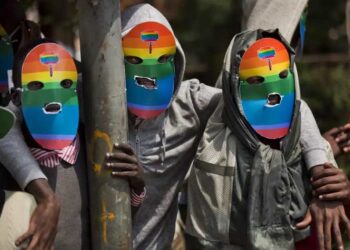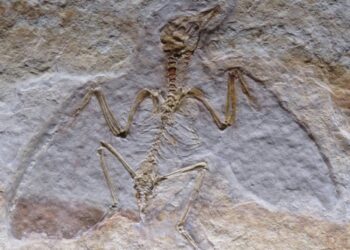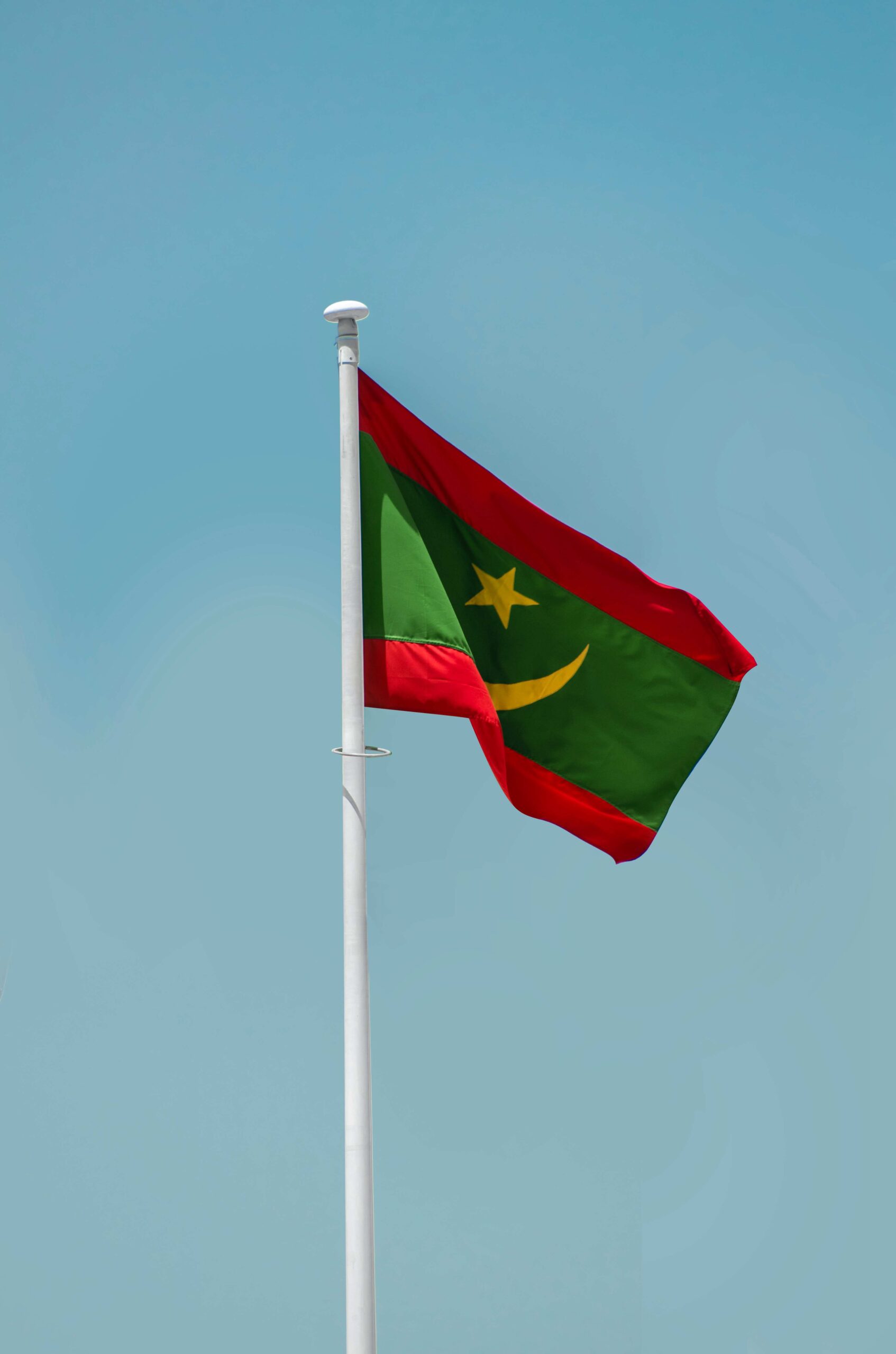“What time is it in Somalia” is a question which is often asked among Somali tribes. Somali tribes are groups of people who share a nomadic ancestry, every single Somali person belongs to a tribe depending on what time and where you were born. The majority of Somalis belong to four main tribes: the Darod, Hawiye, Dir and Isaac clans. Somalis are able to track their lineage and work out what time periods their ancestors were born through them.
Each tribe has its own unique history, customs, and way of life which has evolved over different time periods in Somalia. For example, the Darod is the largest tribe in Somalia, and its members are mostly located in the northern regions of the country. They have a strong tradition of pastoralism and have played a significant role in the country’s politics. The Hawiye, on the other hand, are primarily found in the central regions of Somalia and are known for their strong clan-based social structure. The Dir and Isaaq tribes are also located in the northern regions of Somalia and have a history of close economic and social ties.
Throughout Somalia’s history, the relationship between these different tribes has been marked by periods of cooperation and competition. During the colonial period, the different tribes were often pitted against each other by the European powers that controlled the country. In the post-colonial era, the competition between tribes has often been a source of conflict and instability in Somalia. Tribalism has heavily influenced politics in Somalia and created severe divides throughout time. Tribalism also became a major factor in the civil war in the 1990s and in recent years, the government and civil society have tried to encourage dialogue and cooperation between different tribes to promote peace and stability in the country.
“What time is it in Somalia” is a question which is often asked among Somali tribes. In Somalia, traditional methods have been used to tell the time for centuries, particularly in Somalia’s rural areas. Today 4G internet access is primarily limited to Somalia’s major cities and people living in rural areas often do not enjoy the same level of network access. As a result, one common method is the use of the sun and the position of the stars. For example, the time of the day can be determined by observing the position of the sun in the sky and using the shadows it casts.
The position of the stars at night can also be used to tell the time in Somalia. In addition to these traditional methods, many Somalis, especially in urban areas, use modern timekeeping devices such as watches and clocks. However, traditional methods are still in use and passed down to generations. They are often used in parallel with modern methods, particularly in rural and remote areas. Some tribes use the traditional Islamic time-keeping method, based on the positions of the sun and the movement of the shadows.
Image Credit: Kenny Eliason on Unsplash





